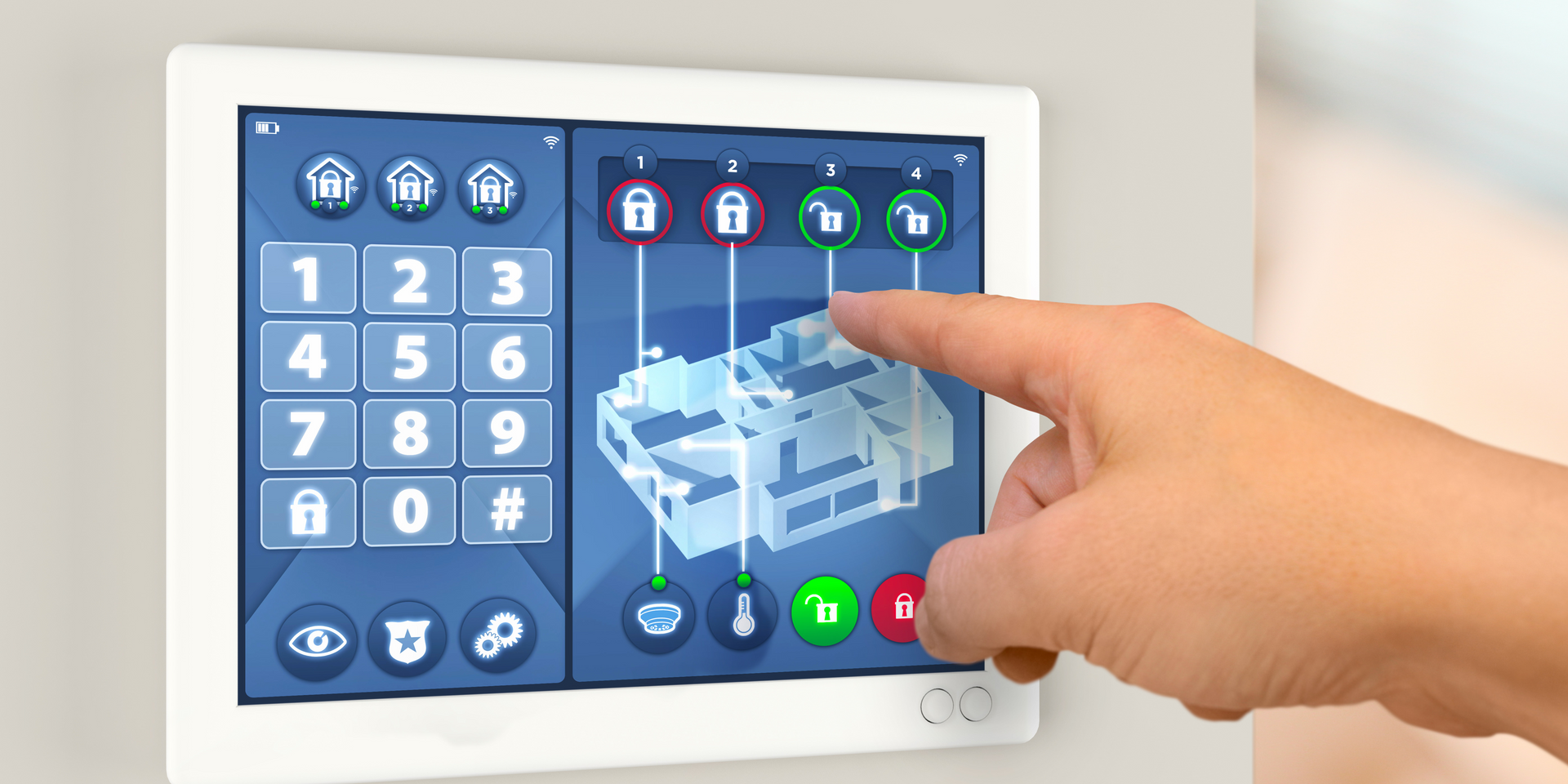EEMUA Alarm Management
EEMUA
Alarm Management
refers to the guidelines established by the
Engineering Equipment and Materials Users Association (EEMUA) to improve alarm systems in industrial settings. The most well-known standard, EEMUA 191, provides best practices for designing, implementing, and maintaining alarm systems to prevent overload and ensure operators can respond effectively to critical situations. It emphasizes prioritization, rationalization, and performance monitoring to reduce nuisance alarms and enhance safety. By following EEMUA recommendations, industries like oil and gas, power generation, and manufacturing can optimize alarm effectiveness, minimizing human error and improving overall system reliability.

What is the Management of Alarm Systems
The management of alarm systems involves a systematic approach to designing, implementing, maintaining, and improving them to ensure they are effective and reliable. This management process ensures that the alarm system helps operators identify and respond to critical events or conditions within a process or facility, thereby preventing accidents, ensuring safety, and maintaining operational efficiency.
The International Society of Automation (ISA) provides guidelines through ISA-18.2, a standard for alarm management. This standard covers the lifecycle of alarm management, including philosophy, identification, rationalization, design, implementation, operation, maintenance, monitoring, and management. It aims to help organizations develop a consistent approach to alarm management, reducing alarm floods, and ensuring alarms are actionable and meaningful. By incorporating these principles, companies can enhance the effectiveness of their alarm systems, improve response times and operational decisions, and thus support overall safety and productivity.
What is the Peak Alarm Rate
The "peak alarm rate" measures the maximum number of alarms presented to operators within a specific timeframe, crucial for ensuring the system remains manageable.
EEMUA 191 suggests that this rate should not exceed 10 alarms per 10 minutes to prevent operator overload. Adhering to this and other standards like ISA-18.2 helps in maintaining effective and reliable alarm management systems.
Which are the Standards for Alarm Management
Several key standards guide effective alarm management in industrial settings. ISA-18.2 is prominent, providing a framework for the lifecycle management of alarms, including their design, maintenance, and monitoring. EEMUA 191 is another critical standard, offering best practices for alarm system performance to ensure they are manageable and effective. Together, these standards help organizations optimize alarm responses and enhance operational safety by preventing alarm floods and ensuring critical alerts are actionable.
What is the Governing Standard for Alarm Systems
The primary governing standard for alarm systems in industrial environments is ISA-18.2, which outlines the management of alarms throughout their lifecycle, from design to decommissioning. This standard ensures that alarms are effectively managed to support prompt and accurate responses by operators. Additionally, EEMUA 191 complements ISA-18.2 by providing specific guidelines on alarm system performance, focusing on metrics such as alarm rates and response times to optimize safety and reliability. These standards collectively establish a comprehensive framework for alarm management best practices.

What is the ISA182 Standard for Alarm Management
Several standards are integral to effective alarm management in process industries. The ISA-18.2 standard is a cornerstone, offering detailed guidelines for the entire lifecycle of alarm systems, including design, implementation, and maintenance. This standard is available for deeper insight through the "ISA18.2 Alarm Management Standard PDF," which provides comprehensive guidance on establishing, assessing, and improving alarm systems. Another important standard is EEMUA 191, which focuses on practical performance metrics like alarm rates and durations to ensure systems remain efficient and manageable. Together, these documents serve as essential resources for optimizing alarm management practices.
What is the EEMUA 191 Alarm Standard
The EEMUA 191 alarm standard, developed by the Engineering Equipment and Materials Users Association, is a leading guideline for alarm management in process industries. It sets best practices for designing, implementing, and maintaining alarm systems to ensure they are effective and manageable. Key aspects of the standard include recommendations on alarm rates, durations, and the prioritization of alarms to prevent operator overload. By adhering to these guidelines, organizations can improve safety, reduce downtime, and enhance overall operational efficiency.
What is the EEMUA Standard
The EEMUA standard refers to a set of guidelines and best practices developed by the Engineering Equipment and Materials Users Association, aimed at improving the safety, efficiency, and maintenance of industrial systems. These standards cover various aspects of engineering, including alarm management, tank storage, and the integrity of equipment used in hazardous areas. EEMUA publications provide valuable insights and practical guidance to help organizations manage risks, comply with legislation, and optimize performance. The association's standards are widely respected and adopted by industries worldwide to ensure high levels of operational reliability and safety.

What is Alarm Management System
An alarm management system is a crucial component of industrial process control, designed to notify operators of conditions that require prompt attention or intervention. These systems help in identifying, prioritizing, and responding to alarms, which are often critical for the safety and efficiency of operations. The EEMUA alarm management guidelines, specifically EEMUA 191, provide a framework for optimizing these systems, recommending best practices for alarm rate, priority settings, and management to prevent overload situations. By adhering to these guidelines, organizations can ensure that their alarm systems are both effective and manageable, enhancing overall operational safety and reliability.
Conclusion
In conclusion, the EEMUA publications, including the EEMUA 191 3rd Edition PDF and EEMUA 191 Alarm Management Guidelines PDF, provide comprehensive standards for effective alarm management in process control. Additional resources like EEMUA 234 PDF, EEMUA 101 PDF, and the Alarm Management for Process Control PDF further detail the implementation of these systems across various industrial contexts. These documents collectively offer essential guidance for enhancing safety and efficiency in industrial operations.
To learn more about alarm management strategies and solutions, explore our detailed guides and software recommendations, contact us today.
You might also like



